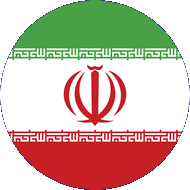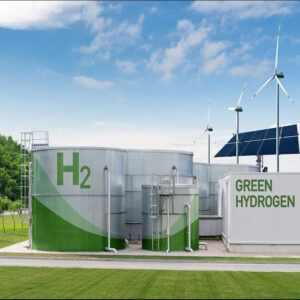The potential demand of the country’s steel industry may amount to 850,000 tons of hydrogen per year by 2030
The European steel industry will become a major consumer of renewable hydrogen, with German steelmakers having some of the most ambitious plans in the region for its use. This is reported by S&P Global.
The future potential demand of the German steel industry by 2030, according to the industry association WV Stahl, could reach 850 thousand tons of hydrogen per year. Steel producers plan to connect to the national hydrogen network that is currently being created, as well as produce their own green hydrogen from electrolyzers.
The German government expects total hydrogen demand to reach 95-130 TWh (2.85-3.9 million tons per year) by 2030, of which 40-75 TWh will be new demand.
S&P Global estimated the cost of producing green hydrogen by alkaline electrolysis in Germany, backed by renewable energy purchase agreements, at an average of €7.98 /kg in July.
Matthew Hodgkinson, senior hydrogen analyst at Commodity Insights, notes that the transition to low-carbon steel production is expensive. To make it comparable to current production methods, ETS prices should be at least €150-200/t.
According to him, the full decarbonization of steel production in the EU will require about 6-8 million tons/year of low-carbon hydrogen, which is comparable to the current total demand for this fuel.
Salzgitter, Stahl-Holding-Saar, and Thyssenkrupp announced tenders to supply large volumes of low-carbon hydrogen at the end of the decade. These companies, along with ArcelorMittal, received public funding commitments in 2023 and 2024 under the EU’s Important Projects of Common European Interest program for hydrogen and low-carbon technologies.
Along with the environmental transition, a big jump in demand for renewable energy is also expected. According to WV Stahl, the German steel industry’s current demand for electricity from the grid is 12 TWh. These volumes could double by 2030. For electrolysis, an additional 28-29 TWh of green electricity will be needed. However, these volumes are a relatively small part of Germany’s electricity demand, which was about 500 TWh in 2023 and is projected to grow to 649 TWh in 2030.
Germany will invest about €20 billion in hydrogen infrastructure by 2032. In July this year, the country’s gas transmission system operators submitted a joint application for the planned basic hydrogen network. About 60% of the future network will be existing lines that are currently used for gas transportation.




